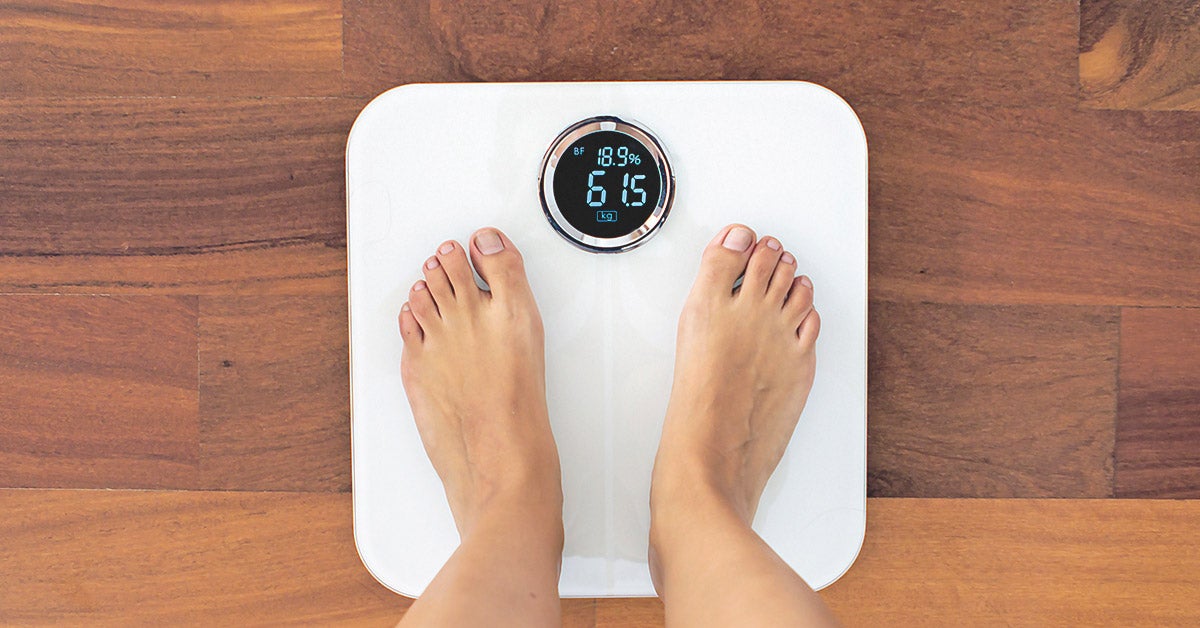Two methods that are commonly used to estimate whether you are a healthy weight or not are body mass index bmi and waist circumference. Unlike bmi which is an indirect measure of obesity and does not distinguish lean from fat mass dual energy x ray absorptiometry dxa provides a direct measure of body fat and is considered a gold standard of adiposity measurement.
Measuring Adiposity In Patients The Utility Of Body Mass
Is bmi a valid measurement of body fat. Bmi is a formula that uses a persons height and weight ratio to assess whether theyre underweight normal weight overweight or obese although it is not a direct measure of body fat. Results from this study should be taken with a bit of scrutiny as bia is a measure of body fat with high variability based on hydration status. These assessments would include measurements of body fat percentage diet history exercise patterns and family history. Bmi only gives a very approximate guide to health related to weight and height and gives no information on body fat content or location. However there are concerns about the validity of bmi as a measure of obesity in postmenopausal women. A smaller scale study 1691 persons using dexa scans seen as a valid body fat measuring device found that there was a 347 discrepancy between bmi and dexa for women and 352 for men.
Bmi ranges can also vary depending on ethnicity. Body mass index is the standard metric for determining who is normal weight overweight and obese but bmi is not an accurate measure of fat and doesnt explain the causes of poor health. Waist circumference is considered a good estimate of your body fat especially your internal fat deposits and your likelihood of developing weight related disease. Further bmi does not take into account age gender or muscle mass. Bmi doesnt actually measure body fat a key element when establishing health risk. Bmi body mass index which is based on the height and weight of a person is an inaccurate measure of body fat content and does not take into account muscle mass bone density overall body.
18 additionally post menopausal women lose bone mineral density over time which may lead to reduced overall body weight smaller numerator and overall bmi value even if the amount of fat mass. Although it provides a rough indication of body fat it doesnt distinguish between weight coming from fat. Since bmi is a ratio of weight for height age related height loss would result in an increased bmi value by virtue of decreasing the value of the denominator even if body weight remained constant.













/cdn.vox-cdn.com/uploads/chorus_image/image/49252249/8551373629_712a1f4893_k.0.0.jpg)




